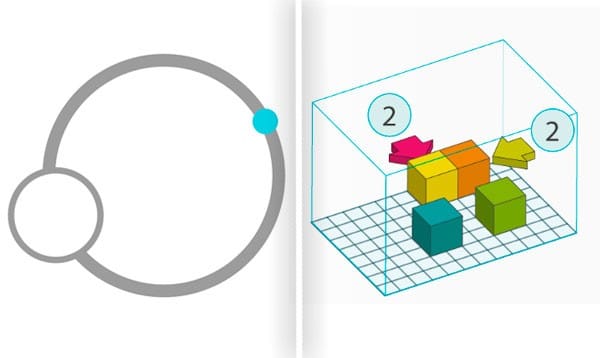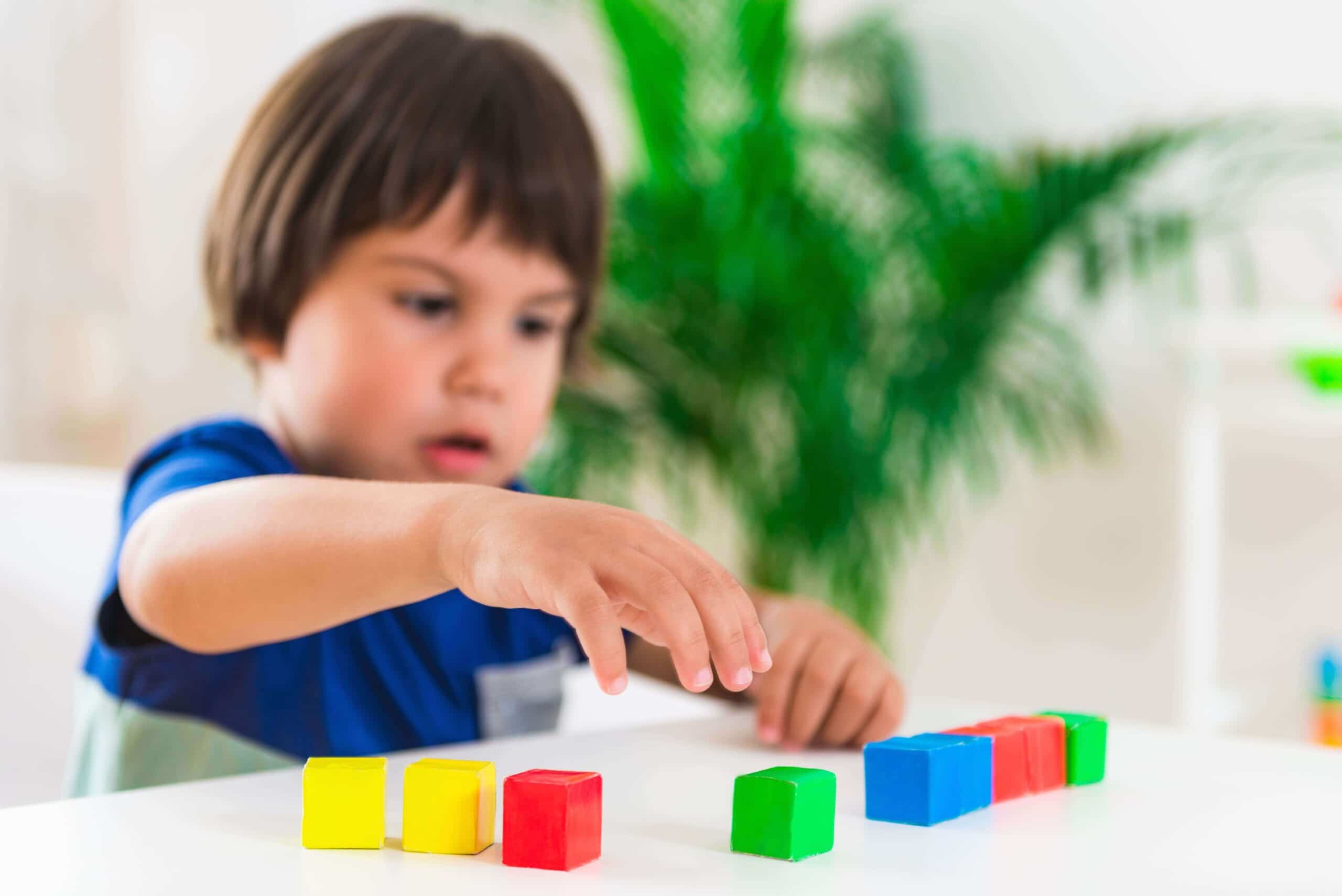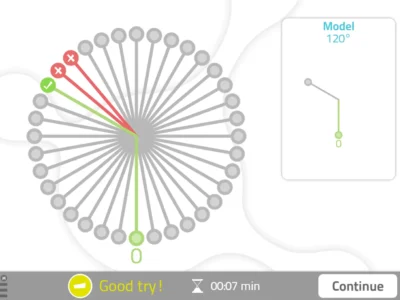There are two important concepts relating to visuospatial skills:
• Spatial relations: the ability to represent and mentally manipulate two-dimensional objects.
• Spatial visualization: the ability to represent and mentally manipulate three-dimensional objects.
Why are visuospatial skills important?
Visuospatial skills are very useful in everyday life. Thanks to them, we can estimate the distance between two objects, which can be helpful, for instance, when parking a car to monitor the space between the car and the surrounding obstacles. We also use visuospatial skills when imagining a place or address that someone mentions, or when we mentally rotate objects in order to visualize what they would look like before actually doing it.
NeuronUP activities for the rehabilitation of visuospatial skills
Two examples of activities for improving spatial relations. First activity consists of estimating the exact moment in which an object (the ball) passes a specific point. Second shows a spatial visualization task. This task consists of visualizing what a series of cubes would look like if some of them were moved.


